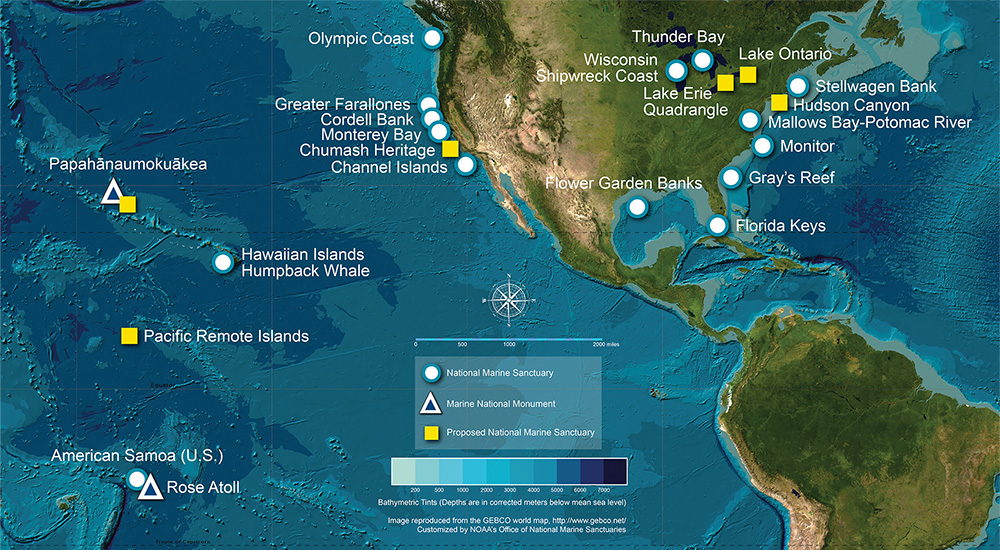Due to scheduled maintenance and facilities renovation, the Visitor Center is temporarily closed until August 2025.
National Marine Sanctuary of American Samoa is located in the cradle of Polynesia's oldest culture. The sanctuary protects extensive coral reefs, including some of the oldest and largest Porites coral heads in the world, along with deep-water reefs, hydrothermal vent communities, and rare marine archaeological resources.
The traditional culture of Samoa dates back some 3,000 years. Fa`a Samoa, or the Samoan way of life, serves as the foundation of this community-focused culture. Most activities are done together, and cultural focus is on the family rather than the individual. Fa`a Samoa consists of a number of values and traditions: aiga (family), tautala Samoa (language), gafa (genealogy), lotu (church), and fa`alavelave (ceremonial and other family obligations).
The goals of community engagement and protecting cultural heritage are closely tied in National Marine Sanctuary of American Samoa. To preserve and perpetuate the relationship between American Samoan community and the sanctuary, National Marine Sanctuary of American Samoa actively involves and engages the community in sanctuary management and operations. Outreach and communication activities help increase public awareness about the sanctuary and its resources, and encourage public involvement in resource protection. Volunteer programs and advisory councils are some of the tools the sanctuary uses to increase community involvement in critical aspects of ocean stewardship.
NOAA's Office of National Marine Sanctuaries supports research in all of the sites of the National Marine Sanctuary System, including National Marine Sanctuary of American Samoa. Research plays a role in management by supplying information needed to make resource protection decisions based on hard scientific data.
Samoan culture, customs, and language underpin a traditional way of life and stewardship of marine resources. The poster features an ava bowl used for ceremonial practices, a Samoan fale (house) found in villages, and fautasi or long boat canoe. Underwater, tropical coral gardens teem with marine life, including iconic humphead wrasses, endangered hawksbill sea turtles, giant clams, massive Porites corals, and colorful parrotfish, while an oceanic whitetip shark and yellowfin tuna swim near the reef edge.
We are excited to introduce "Navigating How We Care for Our Ocean," a video series featuring stories from Pacific Island communities dedicated to protecting our ocean. In the first episode, we explore the cultural significance of ocean advocacy and the connection between honoring traditions and marine conservation. Meet three Hawaiʻi community members with diverse perspectives, the series includes local cultural practitioners alongside NOAA representatives, all of whom share insights into the history, cultural significance, and reverence for our oceans through their passions and professions.

Safeguarding America's Premier Marine Places
From Washington state to the Gulf of America and from the Great Lakes to the Pacific Islands, the National Marine Sanctuary System protects 18 underwater parks spanning over 629,000 square miles of ocean and Great Lakes waters. By investing in innovative solutions, we strengthen these iconic places to address 21st-century challenges while supporting America's commerce and tourism. These unique locations inspire people to visit, value, and steward our nation’s iconic ocean and Great Lakes waters.